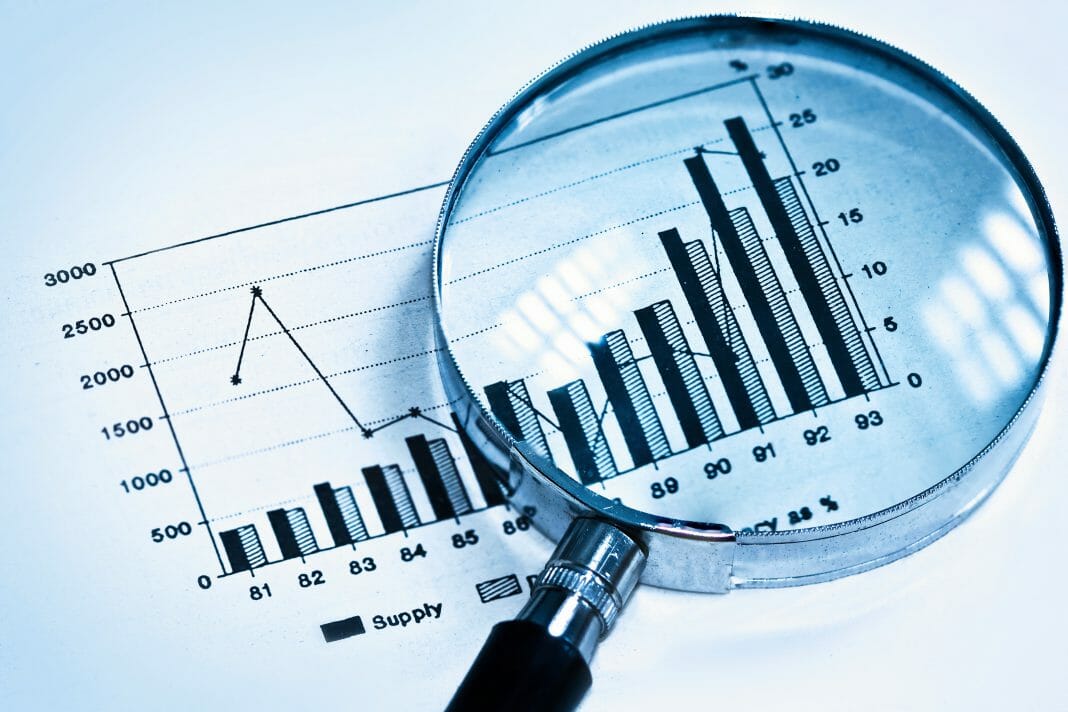According to Charles Hoskinson, the labeling made by the US to categorize each digital asset makes it very difficult to find a possible regulation for digital assets.
IOHK/IOG CEO and lead Cardano developer Charles Hoskinson determined this week that the regulatory system in the US is weak to handle the improved nature of digital assets and that they would not be ready to regulate digital currencies effectively.
Difficulties in the Regulation Procedures Regarding Digital Assets in the US
Hoskinson’s highlights arrived during a phone talk at the Digital Assets and Cryptocurrency Summit held by the Financial Times, where the figure in charge of Cardano highlighted the struggles that regulatory agencies in the US went through, mainly due to the explosion of popularity that these assets have both in local and international environments.
Hoskinson expressed that the regulations operate by category in the US since some regulations work with securities; others focus on essential items, and the rest points to things that can get labeled as assets. From this point, the regulatory entities start to construct the study for each case. Still, many digital assets can receive two or more of these categories from their usability.
In that sense, Hoskinson spoke about the case of Bitcoin, which can get labeled as an asset because it already met that status in El Salvador, or it can get described as a valuable product like gold. Here, the struggles for the regulators rely on properly labeling the asset and consequently detecting the legal treatment that would work with this digital asset. They must make sure that all the guidelines work with all the things that could get done with the asset.
The Expectations about Blockchain and Smart Contracts
Hoskinson briefly spoke about the potential of Blockchain and smart contracts, highlighting various uses that could bring many advantages from these new technologies.
Among those uses highlighted, the director in charge of Cardano spoke about the ESG standards, which got executed by the biggest centralized bodies worldwide to set up criteria for the environmentally friendly nature of the activities attached to these projects.
Hoskinson highlighted that Blockchain and smart contracts could open new doors to standardize these definitions, procedures, and measures attached to compliance in a more transparent way.
On the other hand, Hoskinson also explained that business processes could become way more reliable if supported by Blockchain and digital assets, as this stance would not require the intermediation of external parties.
In this sense, he backed up his stance by bringing Bitcoin to the table, and the most prominent use case was the fact of enabling the exchange of value between peers without external parties interfering in the process.
Smart contracts rely on decentralization beyond digital assets because the systems don’t get attached to conditions linked to extraordinary moments.
By: Jenson Nuñez











